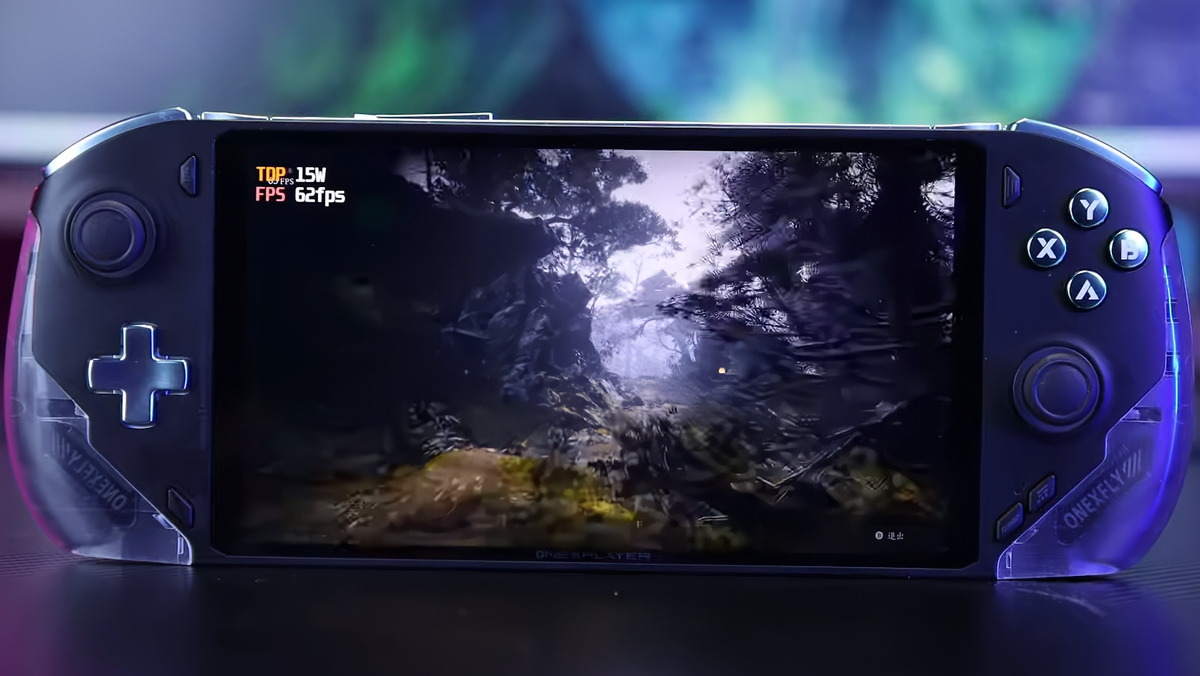Indiana Jones embodies a unique charm that goes beyond its obvious elements like stories, characters, and music. It’s also about the film’s execution, the subtle nuances in choreography, and the overall mood. Capturing these elusive ingredients in a video game is no small feat.
That’s the challenge MachineGames faced while developing Indiana Jones and the Great Circle. They had to craft a game that felt modern yet preserved the classic magic of the films. The intricate task was finding that sweet balance: presenting an engaging game that still looked, sounded, and felt like the Indiana Jones movies we adore.
Speaking with developers at MachineGames, it’s intriguing to discover how they accomplished this blend of contemporary game design with age-old filmmaking techniques to create something that hits their intended mark.
One particular scene illustrates their careful approach. In ‘Indiana Jones and the Raiders of the Lost Ark’, there’s that iconic moment with a crowd parting to reveal a threatening swordsman. He twirls his scimitar with showy expertise, setting up what seems like an impending showdown. But in a witty turn, Indy simply shoots him, flipping a fight into a punchline. It’s cinema perfection.
Yet translating such a scene to a game – effectively the opening to a boss battle – seems unorthodox. Typically, this foe would need complex attack patterns and numerous health bars. But interestingly, this scene influenced the development team’s strategy:
“That scene perfectly captures the humor we aimed for,” shares Creative Director Axel Torvenius. “While intense combat encounters are crucial, incorporating Indy’s signature humor was just as vital.”
This philosophy reveals MachineGames’ commitment to authentically capturing the cinematic magic, even in the less game-friendly scenes. However, this example is only scratching the surface of their comprehensive endeavor.
Matinée idol energy was central to their effort. “Mimicking the ’80s cinematic feel was a priority from the start,” Torvenius explains. “Our goal wasn’t to reinvent the wheel but to recreate the beloved style of ‘Raiders of the Lost Ark’.”
Their dedication ran deeper than you might expect. They analyzed every film aspect imaginable, from color palettes and film grading to the audio techniques used, then began the challenging task of adapting those into a modern gaming medium.
Some stories from this process are captivating. For instance, Torvenius mentions how they applied old film set techniques to create game locations: “Games let you view things from every angle, so we needed to design spaces thoughtfully. We focused on creating scenes with direction, to enhance the atmosphere in key places.”
With cutscenes offering more control, they could go even further: “We had Kyle Klütz working with us in the mocap studio, ensuring we captured the right camera dynamics for those scenes,” Torvenius continues. This meticulous approach ensured the game visuals echoed the early Indiana Jones films.
Sound design was no less crucial. From the unforgettable John Williams score to sound effects like the Wilhelm Scream, audio is as nostalgic as visuals in this game. “We identified core elements of Indiana Jones sound,” says Audio Director, Pete Ward. By analyzing all the films, they focused on capturing Indy’s voice, music, and distinctive sound effects faithfully, even employing classic techniques from the original films.
The sound team’s adventures included hours of fresh recordings with props like leather jackets and a variety of shoes, using methods like using baseball bats on leather to achieve authentic sound effects. Ward recounts, “The practical approach really helped bring an old-school vibe to our game.”
For the score, MachineGames enlisted composer Gordy Haab, known for drawing inspiration from Williams while adding his unique touch. He created new themes fitting the Indiana Jones universe, even recording at Abbey Road with some original session musicians, adding layers of authenticity.
When it came to the narrative, creating a story that fit between ‘Raiders of the Lost Ark’ and ‘The Last Crusade’ in a new narrative was key for Lead Narrative Designer Tommy Tordsson Björk. Extensive research into the 1930s, guided by the Lucasfilm collaboration, let them craft an adventure that felt authentic yet fresh.
“You’ll notice the period’s influence in the dialogue, the world, and even details like the spelling of ‘Gizeh’,” Björk explains. The team’s experience with franchises like The Chronicles of Riddick ensured they maintained the beloved spirit while venturing into new territory.
The core challenge was making a game that felt like a film – a playable experience capturing the high-octane, tightly-edited style of the movies while allowing player freedom. This goal informed every element of development.
“We did extensive motion capture work: stunts that are wild, involving talented stunt artists,” reveals Torvenius. “Approaching stunt sequences with a cinematic view has enhanced our scenes significantly.” This detailed approach extended to combat mechanics too, aiming for fun, responsive, and cinematic action sequences.
MachineGames scrutinized every aspect of their game. Puzzles reflect cinematic storytelling, while environments and even items serve multiple functions, aligning with the film’s humor and resourcefulness. “Humor permeates every aspect of our game,” Torvenius adds, “down to the comically inventive ways to engage in combat.”
In a typical video game, the iconic scimitar scene might not work. But Indiana Jones and the Great Circle isn’t a typical game. MachineGames has passionately blended research, vintage charm, and creativity to craft a game that proudly stands alongside the classic films.
Indiana Jones and the Great Circle is set to release on Xbox Series X|S and Windows PC, with Game Pass availability, or via Steam on December 9. Those eager for early access can grab the Premium and Collector’s Editions, offering a head start from December 6.












![[PlayStation 5] Review of Cat from Hell – Cat Simulator [PlayStation 5] Review of Cat from Hell – Cat Simulator](https://www.pressx.co.uk/wp-content/uploads/2025/07/PlayStation-5-Review-of-Cat-from-Hell-–-Cat-Simulator-360x180.jpg)


































